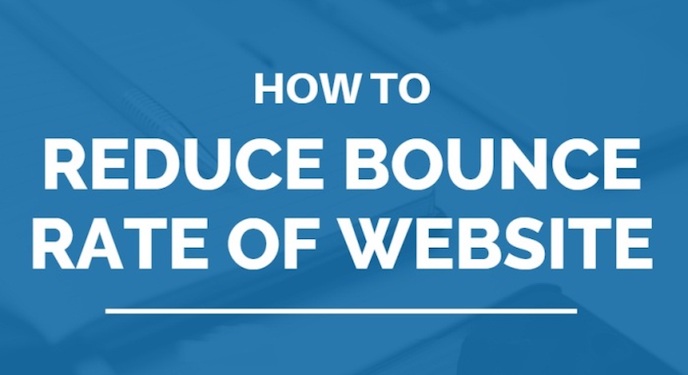Every business or organisation has a goal that they wish to reach when establishing their website. You will have your own goal which you need to establish before you design your site, or before you enlist the help of an expert in web design in Sydney. Your goal could be any of several considerations, including increasing leads or sales, or simply acting as an expert resource for people who are looking for information. In order to achieve your goal, you need your website to be effective.

This means that you need to address problems with the bounce rate for your site. The bounce rate is the number of people who visit one page of your site and then navigate away. Of course, if you are simply providing information, or if you provide everything visitors need on a single landing page, this may not be a bad thing. On the other hand, if you want people to navigate around your website, and potentially make purchases, a high bounce rate can present a problem.
Is There a Problem with Your Bounce Rate?
It’s important to establish whether you actually have a problem with your bounce rate in the first place. If you are achieving your goal by having people visit just one page then you do not have a problem. If people are leaving your site and then navigating elsewhere straight away, and you are not achieving your aims, this could be an issue.
Even if this is the case, you need to do your research. Is your bounce rate high, compared to your industry average? If this is the case then you need to examine why there could be an issue with your homepage.
What Can You Do To Solve The Problem?
Most people land on your homepage when they visit your website. If your bounce rate is high then it’s highly likely this is where the problem is. Here are some tips as to what you need to do to make sure your website is as effective as possible.
- Include the most important information above the fold. You need to make sure that people read the information that it’s vital for them to see, before they lose focus.
- Do not overload your homepage. An ideal website homepage should be succinct and not crowded with a lot of information. If a homepage is too cluttered people are often put off before they even begin to read.
- Use effective calls to action. You need to tell people what their next action can be, in a visible manner. On the other hand, it’s not a good idea to fill your homepage with a lot of random calls to action. Make sure they fit within the context of what you are saying.
- Make navigation simple. You need to make it easy for people to find their way around your website, including any payment, or form completion, screens. Keep your navigation menu simple, and consider including items such as your privacy policy in the footer of your homepage. This makes these headings less of a distraction.
Remember, your website homepage needs to get your message across, without being too complex. Provide people with the information they need, and make it easy for them to help you achieve your goal. All of this should help you reduce a high bounce rate.
